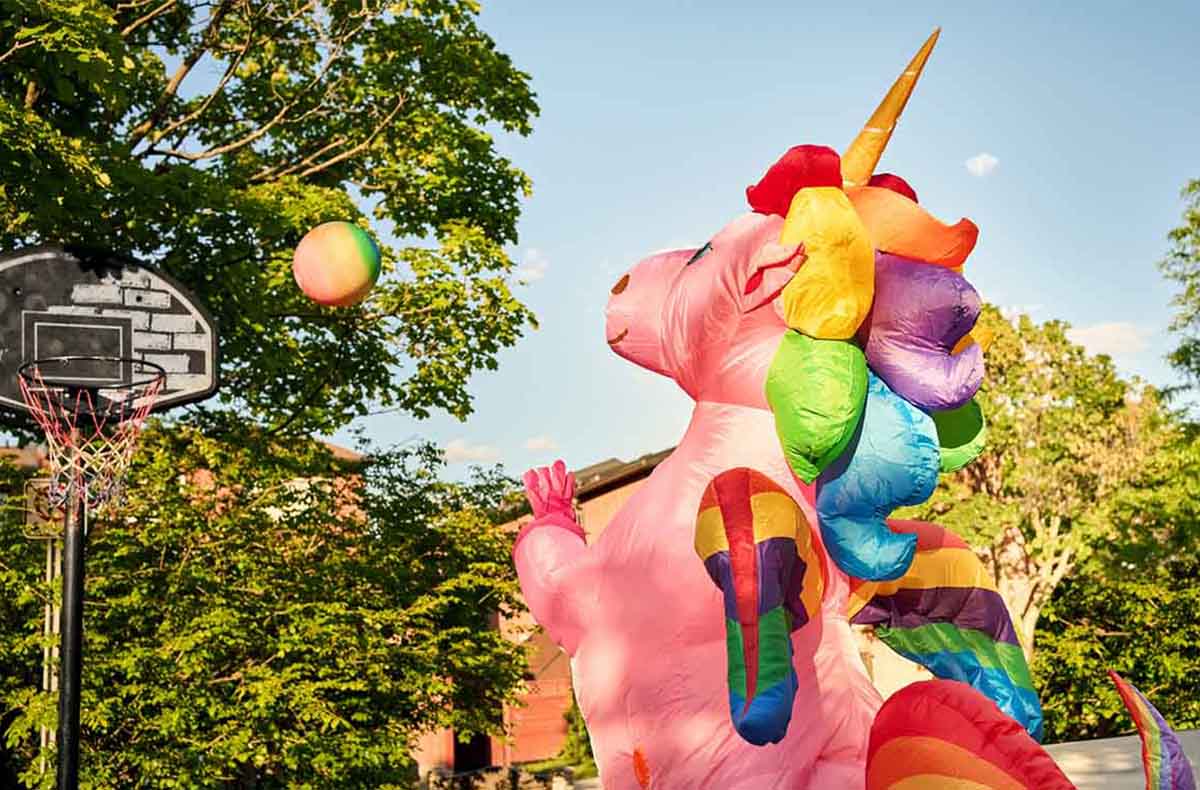
For years, the right of student-athletes to benefit from the publicity of their name, image, and likeness (NIL) has been restricted by the National Collegiate Athletic Association (NCAA). On July 1st, 2021, the NCAA made it legal for student-athletes to profit from their NIL. Previously, the rationale for not allowing NIL for student-athletes was based on the idea that benefitting from your own publicity would tarnish the true concept of amateurism. Founded with the purpose to keep athletes safe, the NCAA serves as the preeminent eligibility clearinghouse for maintaining the governance of student-athletes. Universities and their respective athletic departments at all levels of competition benefited from the amazing amounts of financial revenue generated from ticket sales, merchandise sales, concession sales, and media rights deals on the backs of student-athletes with very little of this funding directed to them. Something seems wrong with a system where the workforce (student-athletes) has no say in the compensation structure with the employer (NCAA).
Amateurism Violates Antitrust Laws
This confusing notion of NCAA amateurism and the essence of preserving the athletic integrity of student-athletes has been a major debate over the years. Finally, after years of court battles between student-athletes and the NCAA, the United States Supreme Court ruled unanimously 9-0 in the NCAA v. Alston case that the NCAA’s business model heavily violated antitrust laws by not paying players. In 2021, the NCAA earned $1.5 Billion from its March Madness basketball tournament, which serves as the primary source of revenue for the organization. As part of the $8.8 billion extension signed with CBS and Turner Sports for the rights to the March Madness Basketball tournament, the NCAA is the preeminent sports organization of its kind in the world. In comparison to the number of athletic scholarships awarded, this number dwarfs the amount of shared revenue for the student-athletes, who are the main reason for the success.
Incredibly, the new opportunities for student-athletes will not grant student-athletes a larger piece of the major profits from the March Madness tournament, which in itself is another major issue. However, they now will be able to earn additional income from their branding and publicity, which was previously off limits. The “right” of the student-athlete to choose how, when, and if to benefit from their NIL is something that all other students have been allowed to do for years. No university restricts students in the fields of music or drama from profiting off of career opportunities in Hollywood or Broadway. NCAA student-athletes should not have needed to get approval from the US Supreme Court for something that should be as certain as the inalienable rights granted to them.
Modern-day Indentured Servitude
In 2011, the NCAA proudly presented a slogan of their 40,000 athletes going pro in something other than sports. While the tenor of this statement was meant to shine a light on the career successes of student-athletes, I believe it left a tremendous amount of clarity to be desired. With the limited opportunities for student-athletes to earn a living as professional athletes in the National Basketball Association (NBA), National Football League (NFL), Major League Baseball (MLB), Women’s National Basketball Association (WNBA), National Women’s Soccer League (NWSL), National Hockey League (NHL), and Major League Soccer) to name a few, the onus was on the NCAA to bring light to the majority who have transitioned from elite athletics to meaningful careers as lawyers, doctors, businesspeople, and so on.
While the sentiment of the campaign was meant to highlight the success of former student-athletes who have transitioned to successful careers beyond sports, in practice, it diminished the thousands of hours spent in competition, training, physical therapy, class hours, and studying while pursuing their 4-year degrees. In essence, the NCAA was profiting heavily off of the indentured servitude of the student-athletes who received little in the form of compensation for their services to their respective universities. It seems like a no-brainer that student-athletes have long deserved more than what they were getting.
The Benefits of NIL
While it’s a move in the right direction, NIL is not the final answer for the current issues in NCAA athletics and the compensation structure. It does, however, grant the student-athlete more control over their athletic experience. For example, University of Alabama Heisman Trophy-winning Football Quarterback Bryce Young has signed a million-dollar deal with Cash App, Basketball athlete Hersey Miller from Tennessee State University has signed a $2 million-dollar deal with Web Apps America, and on the women’s side, gymnast Olivia Dunn from Louisiana State University has signed a lucrative million dollar deal with performance brand Vuori. Also, Paige Bueckers, a women’s basketball student-athlete from the University of Connecticut, can make upwards of $63,000 per post on social media with deals from StockX, Gatorade, and Cash App. This is only the tip of the iceberg as student-athletes across the country are maximizing lucrative deals. Additionally, collectives are being created around the country where boosters and non-university affiliated groups are bundling NIL opportunities for student-athletes, most recently at the University of Miami, where fitness centers are offering athletes $500 to endorse their gym.
With the changes in the student-athlete experience due to NIL, the NCAA, college coaches, and administrators are now tasked with adjusting their interactions with student-athletes. I see this as a good thing overall, as it balances the scale of leverage, giving student-athletes in the NCAA more control and autonomy in the relationship. If the NCAA was truly created as a means of keeping student-athletes safe, then they are right to encourage students to embrace NIL: it’s a life lesson that will prepare them for their career and boost their financial career earnings.
During the gradual transition of student-athletes from the university to the professional workplace, the NCAA, college coaches, and administrators should work with their respective university’s academic leadership to embrace NIL education. I charge that they should create a safe environment where these student-athletes will be taught how to maximize career opportunities, gain proper understanding of tax rules in their respective states, familiarize themselves with regulations and working with agents, study money management techniques, and learn sound investment strategies. Rather than complaining about the current situation, like millionaire football coach Nick Saban, who is opposed to NIL opportunities for student-athletes, leaders in college sports should embrace the situation and work to support young talent. This phenomenon of NIL is here to stay, and if the NCAA is unwilling to share the March Madness treasure chest of money, then the least they can do is put some of that revenue towards educating student-athletes on the best, safest ways to maximize their opportunities. Not only is it their fiduciary responsibility; it is the right thing to do.



